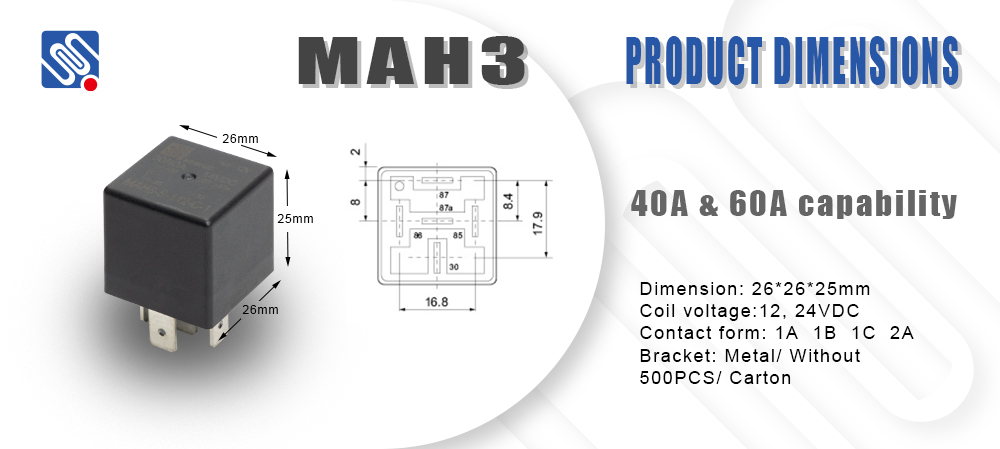relay troubleshooting: identifying and resolving common issues
Release time:2025-06-13 03:55:53
Relays are essential components in electrical and electronic systems, used to control circuits by opening and closing contacts in response to an input signal. They are widely used in automation, protection systems, and control devices. However, like any other electrical component, relays are prone to issues that can disrupt the functioning of the system. Relay troubleshooting involves diagnosing problems and taking corrective actions to restore the proper functioning of the device. This article discusses common relay problems and troubleshooting techniques to help technicians and engineers efficiently identify and resolve relay-related issues.

Understanding Relays and Their Functionality
A relay is an electromechanical switch that uses an electromagnet to control the switching of electrical contacts. When a voltage is applied to the relay coil, it generates a magnetic field that moves an armature, either opening or closing the contacts. Relays are used in a wide variety of applications, from controlling motors and lighting systems to providing protection against faults in electrical circuits.
Despite their simple design, relays can develop a range of faults that affect the performance of the system. Identifying the root cause of the problem can save time and prevent unnecessary repairs. The first step in relay troubleshooting is understanding the type of relay and the failure symptoms.

